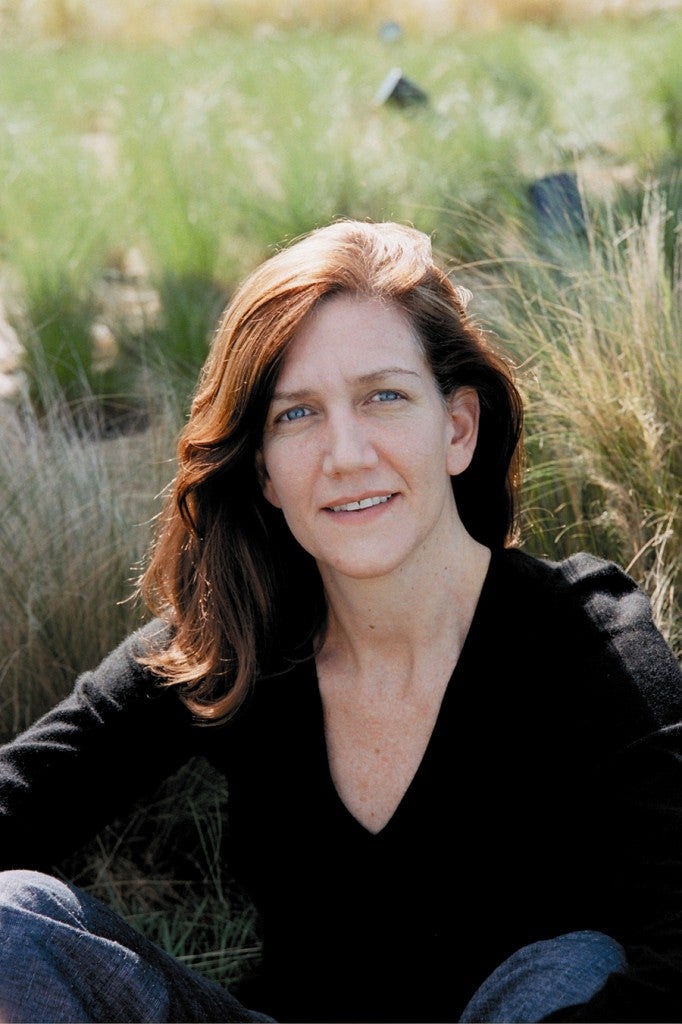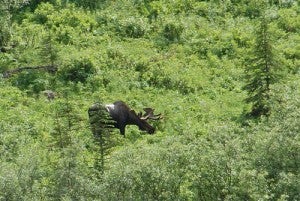
Rebecca Shaw is an expert panelist at the 2014 Society of Environmental Journalists conference in New Orleans, talking about “Feeding Eight Billion People in a Warming World.”
You may have seen the recent news about the potential impacts of drought on craft breweries like Lagunitas. Or the articulate Mother Jones headline – Lay Off the Almond Milk, You Ignorant Hipsters. Talking about climate change in terms of beer and almond milk isn’t a bad strategy for capturing the attention of thirsty Americans, but it’s not just our favorite beverages that are at risk.
Climate change poses a number of potential threats to the global food system, namely because of the impacts to agriculture. Here are five reasons why everyone from beer drinkers in California to bean farmers in Latin America should care about climate change and agriculture.
1. Rising temperatures could burn a hole in your wallet. The 2014 Intergovernmental Panel on Climate Change (IPCC) report found that, with average temperature increases of 3 to 4ºC, we will see large negative impacts on farm yields and severe risks to food security. Not only are food markets sensitive to climate extremes, but food prices are expected to rise anywhere from 3 to 84 percent by 2050.
2. Cascading crop yields put farms at risk. The 2014 Risky Business report found that U.S. agribusiness in particular – a global leader in corn and soybean production – should brace for impact. The report’s “business-as-usual” scenario projects average yield losses up to 73 percent in states such as Missouri and Illinois by the end of the century, with short-term average yield losses up to 15 percent in the next five to 25 years.
3. Megadrought conditions could suck farmers dry. As severe drought continues for its third straight year in California, growers of water-intensive crops such as almonds, broccoli and tomatoes are making tough decisions that include idling cropland. With talk of a megadrought, water deliveries to farms could be cut off completely, forcing farmers to face bankruptcy.
4. A move to higher ground could encroach on wildlife habitat. No one should have to choose between wine and wildlife, but this could become one of the tough choices Californians face in the future. By 2050, wine production in California is projected to decrease by 70 percent due to climate change. This could move vintners to grow their grapes in higher altitudes, encroaching on habitat important to moose, grizzly bears and grey wolves.
5. The largest impacts will be to those already on the brink. The 2014 IPCC report found that the largest climate change impacts are expected in tropical areas, where there is greater economic and individual dependence on agriculture. In Latin America, farmers are likely to experience temperatures that are too hot for bean production, a staple in the region. Such reductions could significantly affect food yields and food access for people already living on the edge.
With the global population projected to surpass eight billion by 2025, we could have a global food crisis on our hands. It’s no longer a question of climate mitigation or adaptation. We need both, fast.
Fortunately, the 2014 IPCC report on impacts, vulnerability and adaptation found that individuals, communities, businesses and governments around the world are already innovating and adapting to climate change. Farmers and ranchers are especially aware of the need to adapt. Their bottom line, not to mention their way of life, depends on it – and they have already built adaptive flexibility into their business models.
Here at EDF, we are pioneering approaches to land and water conservation that reward farmers for pursuing economic prosperity in ways that increase the resilience of our natural environment. Whether it’s helping farmers adapt through innovative drought mitigation and water-saving practices that increase irrigation efficiency, or paying farmers and ranchers to restore functional habitat through incentive-based conservation programs, we are striving to create healthier ecosystems and a more robust global food system. We simply can’t have one without the other.










